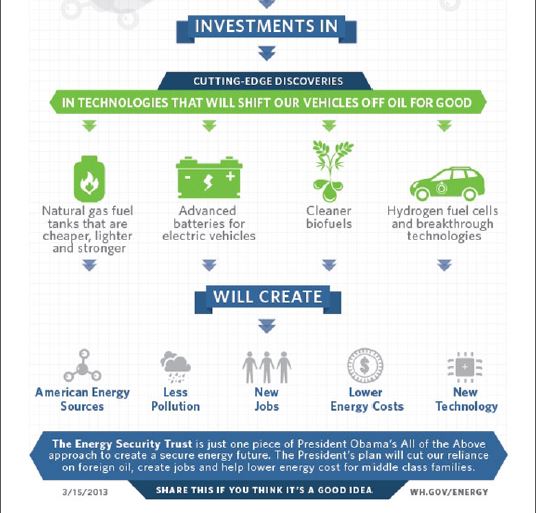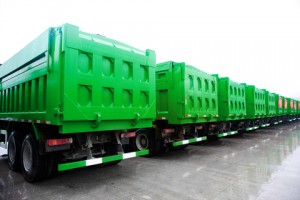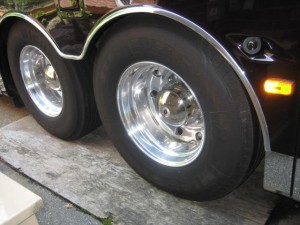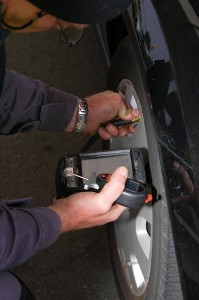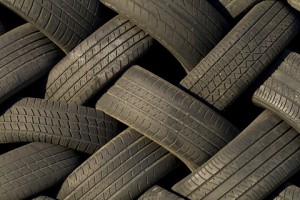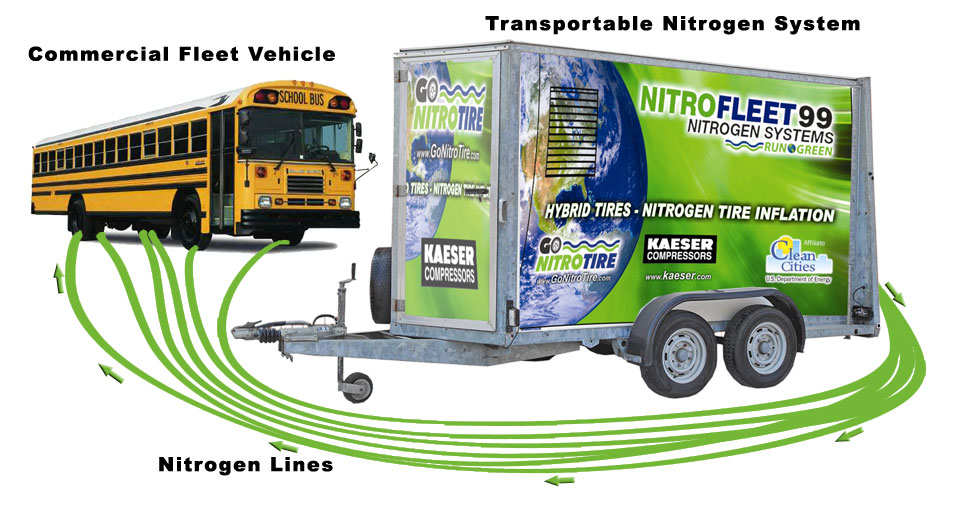For decades, the automotive industry, both on an average driver and commercial level, has been searching for more efficient products. Tires have been a main concern for fleet managers and transportation directors as these products directly affect the performance of their corporate vehicles. Some average drivers are also interested in finding longer-lasting tires that are still affordable. Despite its absence from mainstream marketing, Nitrogen, one of the Earth’s most abundant elements, resolves these issues. Ken Lawton, CEO and Founder of GoNitroTire and NitroFleet99, two affiliated companies offering innovative tire solutions, offers his thoughts.
 To the surprise of many consumers and commercial operators in the automotive sector, nitrogen is a viable way to create ‘Hybrid Tires’. Nitrogen has been utilised by the airline industry and professional driving associations for several decades. However, it has yet to be adopted by the majority of society. Why is that? Despite being the best tire inflation medium, misinformation about nitrogen has been spread by tire salesmen and other individuals in the automotive industry. As a result, few people are confident enough to consider switching to this green alternative.
To the surprise of many consumers and commercial operators in the automotive sector, nitrogen is a viable way to create ‘Hybrid Tires’. Nitrogen has been utilised by the airline industry and professional driving associations for several decades. However, it has yet to be adopted by the majority of society. Why is that? Despite being the best tire inflation medium, misinformation about nitrogen has been spread by tire salesmen and other individuals in the automotive industry. As a result, few people are confident enough to consider switching to this green alternative.
Nitrogen tires or hybrid tires offer several distinct benefits. Nitrogen permeates the tire slower than oxygen, ensuring that tire pressure is retained for longer. This can decrease the deterioration of rubber, reduce the frequency of tire pressure checks, and possibly improve fuel usage. Since Nitrogen improves tire pressure retention, it can also prevent blowouts and other types of damage. This is a critical benefit for private and commercial vehicles because no one wants to experience heightened maintenance costs.
Hybrid tires are particularly valuable for commercial fleets as they remain strong despite more intense wear, extreme weather conditions, or high speeds. Nitrogen is a more stable element compared to oxygen, which is why there are no consequences for topping nitrogen-filled tires with regular air. This is a great benefit for all individuals considering switching to nitrogen because they may not be able to transition all four tires to the element immediately.
Lawton explains some of the unique benefits of hybrid tires for private and commercial users as well as society. “Nitrogen is a unique element because it’s easy to obtain and it isn’t sold at a high price point,” he says. “When I speak to consumers about my company’s products or commercial fleet owners about our services, I continuously reference how Nitrogen can improve the tread-wear rate, reduce the number of tires purchased in a vehicle’s lifetime, and also have great societal benefits. Nitrogen is a more sustainable alternative to oxygen, meaning that widespread use could reduce transportation’s carbon footprint. This is very important because climate change is a major issue the world is racing to address. If Hybrid Tires become standard in the US, it can reduce fuel consumption, which would lessen America’s dependence on foreign oil.”
In the competitive landscape of tire manufacturing and supply chain solutions, GoNitroTire and NitroFleet99 have emerged with comprehensive solutions. GoNitroTire mainly serves consumers with high-quality products like Nitrogen-filled tires while NitroFleet99 caters to commercial fleets. NitroFleet99 offers a proprietary mobile tire inflation system. These solutions are one-of-a-kind to the industry, and provide the market with unmatched innovation.
Both companies were founded in 2008 as tire distributors and manufacturers of tire products for the automotive aftermarket. Throughout the years, GoNitroTire and NitroFleet99 have evolved with the market’s demands, building global relationships with governments and investors in various EU countries. They are always looking to produce more innovative products, which is why the companies are entering the Middle East market. Ken notes that this region is developing rapidly, producing a large need for the company’s hybrid solutions.
“The Middle East offers great opportunities for Nitrogen to become more widespread,” Lawton shares. “I believe that the climate, attitude toward futuristic projects, and an emphasis on car culture make the area a promising place to expand to. Our company is looking at the entire Middle East, but we are also specifically interested in seeking investors and possible buyers of the company and its library of intellectual property in the United Arab Emirates. Our advisory work along with our innovative carbon reduction technology through the use of Nitrogen in tires is an attractive proposition for major corporations in this area. This expansion will enable our company to transform the driving experience for commercial and private automotive users.”
Sustainable solutions like hybrid tires are poised to grow in demand within the coming years. Consumers and companies are working to reduce their carbon footprint, and nitrogen accommodates this transition for them. It also provides additional benefits that can improve a business’s bottom line and save consumers money at the shop and the pumps. As this transition into the ‘new energy economy’ continues, NitroFleet99 and GoNitroTire will remain a pioneer in the space.



